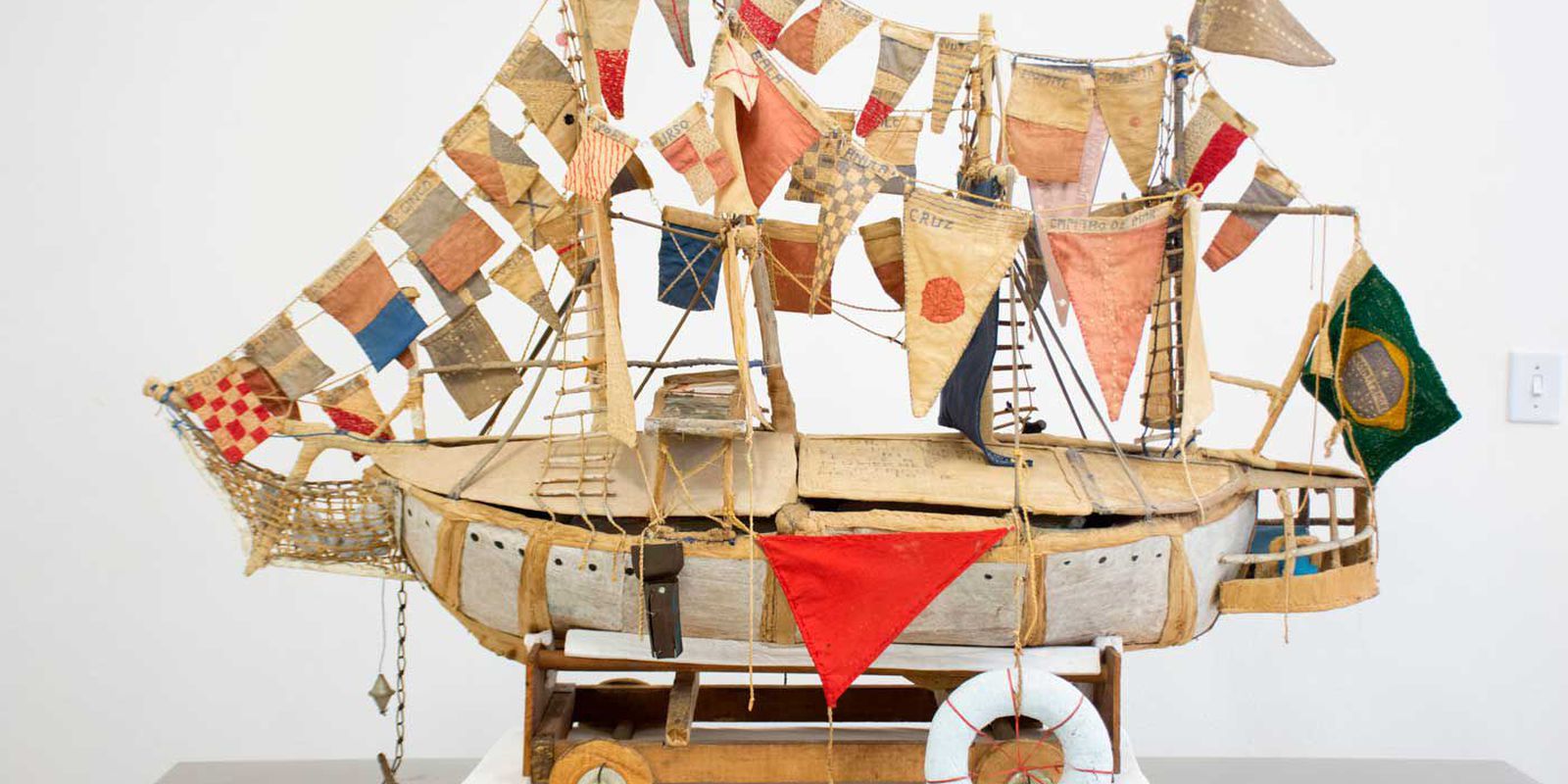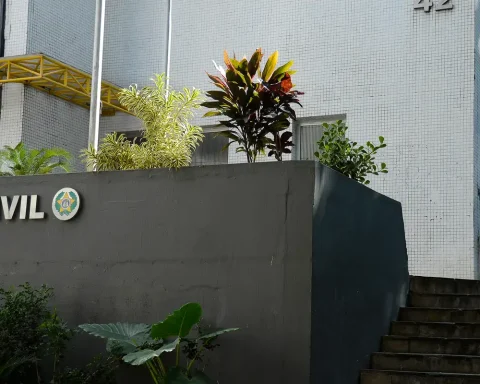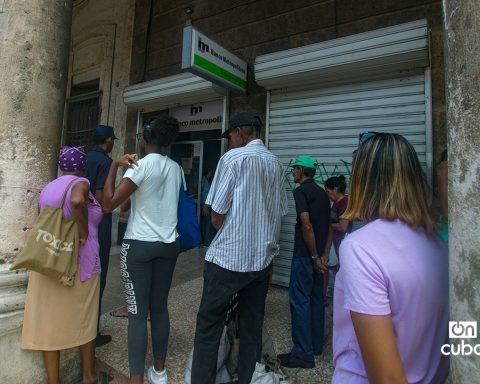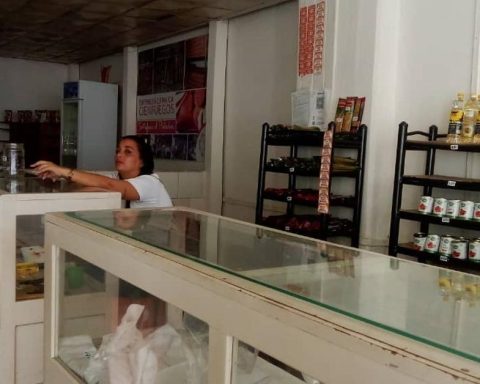“One day I just showed up!” This was the phrase said by Arthur Bispo do Rosário to whom he asked about his birth. The date on which he was born is surrounded by mysteries: it is not known whether it was in 1909 or 1911. But it was in the city of Japaratuba, in the interior of Sergipe, that he “appeared” to his parents and to life.
In 1936, already living in Rio de Janeiro, Bispo do Rosário suffered an accident at work. Two years later, he appeared at a church downtown, saying he was there because he was sent from God who would “judge the living and the dead.” From that church, he was taken to Colônia Juliano Moreira, in Jacarepaguá, where he was diagnosed with paranoid schizophrenia and was hospitalized for the first time. Between back and forth, Bispo do Rosário remained in psychiatric institutions for about 50 years. He died in Colônia Juliano Moreira in 1989.
It was in this colony that Bispo conceived a vast artistic work, using the material found in the place: mugs, combs, bottles, shoes, cardboard. During his lifetime, he produced more than a thousand pieces that only became known when a television report was made in a clinic for the treatment of mental problems, and he was presented along with his work. In addition to miniatures and the juxtaposition of objects, Bispo do Rosário found a way to make art with embroidery, which later inspired artists like Leonilson, for example.
His unique work, all interconnected, is a kind of inventory for the Last Judgment and will be exhibited, starting this Wednesday (18), Anti-Asylum Struggle Day, at Itaú Cultural, located on Avenida Paulista, in São Paulo.
Sample Bispo do Rosário – I came: Apparition, Impregnation and Impact is a partnership with the Arthur Bispo do Rosário Museum – Contemporary Art (mBRAC) and is curated by Ricardo Resende and co-curated by Diana Kolker, respectively, curator and curator-pedagogue of the museum.
All of Bispo’s work is related to the memories he brings back from childhood, from his work in the Navy and Light, life in the city and life in the asylum. “It’s like a record of passing through the Earth. He was diagnosed as schizophrenic and heard voices. These voices led him to create his work. In an interview, he says that voices compelled him to create the work to present it to God at the Last Judgment. This was the purpose of his creation: he gathered, kept and packed objects from earthly life”, Ricardo Resende told Brazil Agency.
“The exhibition is a sampling of this work, of what is possible to present, since part of it is currently in very precarious conditions. We are still in the process of restoration,” said Resende. According to the curator, the pieces were arranged at the exhibition site without hierarchy or distinctions. “That didn’t exist for Bispo do Rosário. He didn’t give titles or dates [para suas obras]”, he added.
Exhibition
The exhibition, which will occupy three floors of the cultural house, will present more than 400 works by Bispo do Rosário, as well as works by artists who were inspired by him or who went through the studios of Brazilian psychiatric institutions.
Bispo do Rosário’s creations reverberate in Brazilian cultural production to this day and are in dialogue with 49 artists. “It was a challenge for the curatorship to carry out this dialogue”, said the coordinator of Visual Arts at Itaú Cultural, Juliano Ferreira. “For Bispo, his entire production was just one thing. So, the exhibition brings this expography with the Bishop at the center. You will observe, in the expography, that the production of Bispo is something central within the floors”, he explained.
On the first floor of Itaú Cultural, the reference will be a cell where the artist lived. “It was a curatorial and expographic choice to bring the ambience of the place where Bispo lived most of his life. The visitor enters and can observe the cobogós [uma espécie de item decorativo que serve para separar ambientes], which is a direct analogy to the structure and building where Bispo lived. They exchanged little notes for the holes in the cobogós. It was a way of connecting with the outside world. The expography has this labyrinthine proposal and it is purposeful for the visitor to have a little of this experience”, said Ferreira.
“Bishop received visitors in his cell, and it is interesting because the reports we have are that he somehow led the visit. We bring that here: it’s a set of pieces, objects, parts of the work, works that overlapped one another, and we try to recreate a little bit of that ambience,” explained Resende. “The idea is to dazzle the audience when they come across this installation that we are creating.”
Still on the first floor, there will be portraits of Bispo made by photographer Jean Manzon and published in an essay in the magazine the cruisefrom 1942. There will also be photographs of the artist taken in 1982 by Hugo Denizart, author of the film Prisoner of Passage, which will be displayed in the show. There are also his series made with shoes, combs and mugs. “They are everyday objects that he transforms into an installation”, highlighted Ferreira, in an interview with Brazil Agency. The first floor also features a collection of miss tracks.
The first basement will deal with institutions, showing, in addition to Bispo’s works, around 300 works by other artists influenced by his production. The impact and impregnation in contemporary art permeates the second basement. There is a bed created by Bispo. “The bed is interesting because he fell in love with the therapist. And then he made the bed with an all-embroidered outfit. I think it was a lot less sexual love and more this idolatry thing. It was something there for her [a terapeuta] lie down, as if she were a great goddess,” Ferreira said.
anti-asylum fight
The choice for the opening day was deliberate and intends to discuss hospitalizations and the end of violence against people in mental suffering. “The idea of opening this exhibition is a great celebration of Bispo do Rosário’s great work and of a very important day, the Anti-Asylum Fight. [E lembra] the violence that people suffered in a situation of detention. It is also a pleasant coincidence that May 18th is Museum Day. It will be a great celebration,” Ferreira said.
Black, poor, “crazy” and living in an asylum, Arthur Bispo do Rosario once said that “the mentally ill are like hummingbirds, they never land, they stay two meters from the ground.” As well as his work.

















